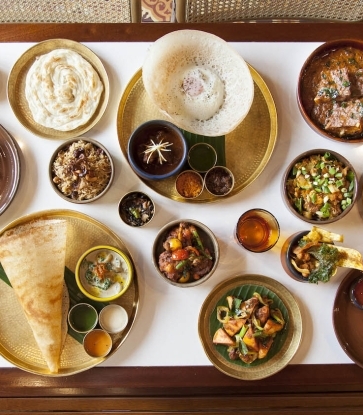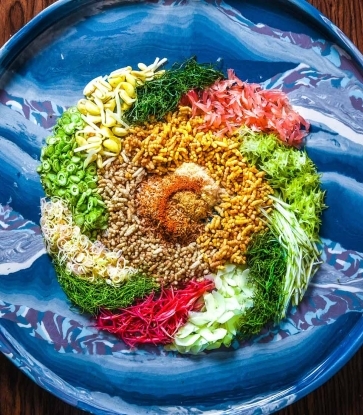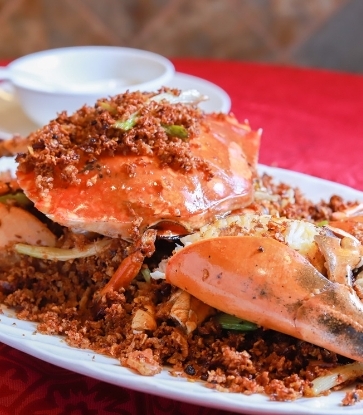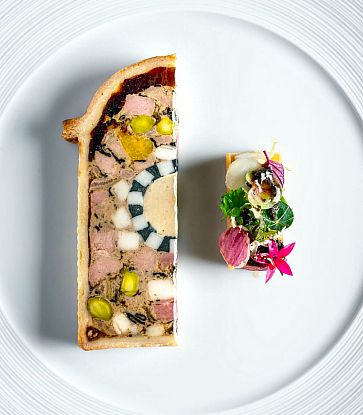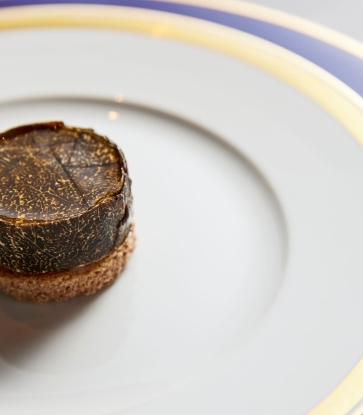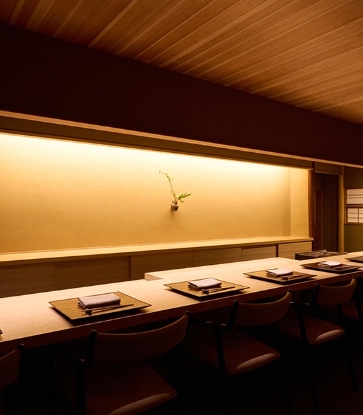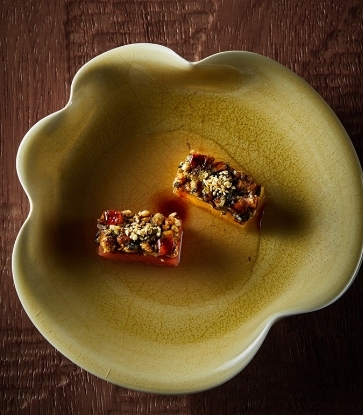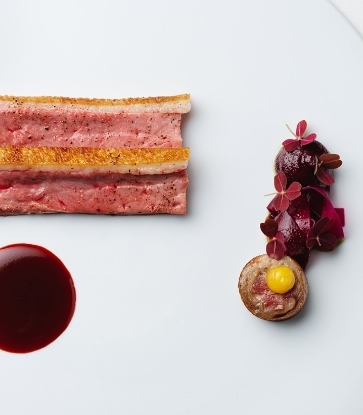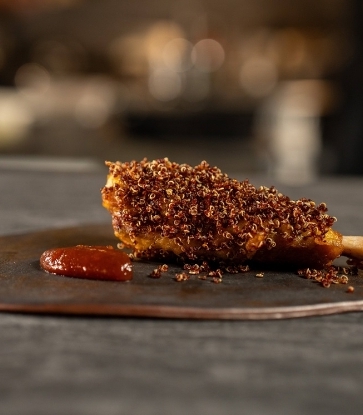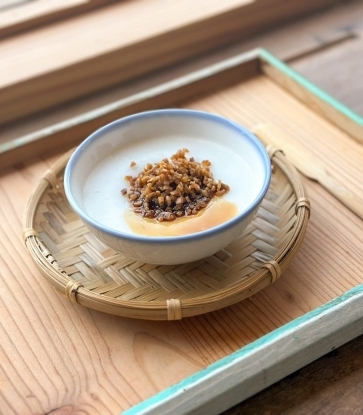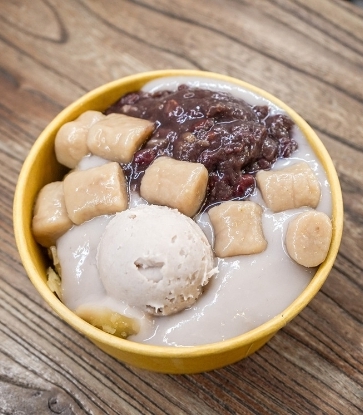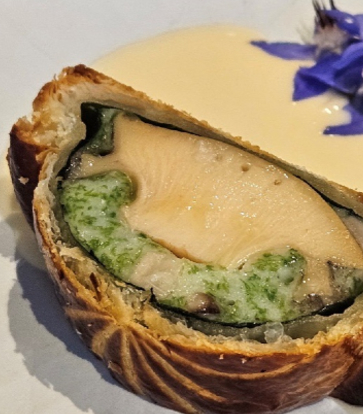The MICHELIN Guide Taiwan 2025 has been officially unveiled, marking a milestone with its expanded coverage of seven major cities and the selection of 419 restaurants. From small eat gems to refined fine dining, this year’s list captures the dynamic spirit and diversity of Taiwan’s culinary landscape. In their exploration, MICHELIN inspectors also uncovered five emerging trends shaping the future of Taiwanese gastronomy.

A Dynamic Dining Scene Driven by New Openings
“Despite global economic uncertainty over the past year, our inspectors observed the steady emergence of new restaurants. Nearly 60% of new released restaurants in the four existing cities (Taipei, Taichung, Tainan and Kaohsiung) were established within the past 18 months, underscoring the dynamism and adaptability of Taiwan’s gastronomic landscape,” shared the inspector.Whether it’s local chefs branching out into new ventures or collaborations with international brands, both highlight the exceptional adaptability and vibrant energy of Taiwan’s dining scene.
Among this year’s newly starred restaurants are several that have made a remarkable debut right from opening. aMaze, awarded one MICHELIN Star, is helmed by Chef Jim Yang, who blends regional Chinese cuisines to reimagine the classics — earning recognition just months after opening last August. Tokyo’s Two-MICHELIN-Star Tempura Motoyoshi brings its philosophy to Taiwan with Motoichi, which debuted in March and now becomes the second restaurant in Taiwan to earn a MICHELIN Star with Japanese Tempura. Another standout is Sushi Kajin, led by Chef Okuchi Taichi, formerly of Kyoto’s Sushi Wakon, which was swiftly recognized for its exceptional quality after opening earlier this year.
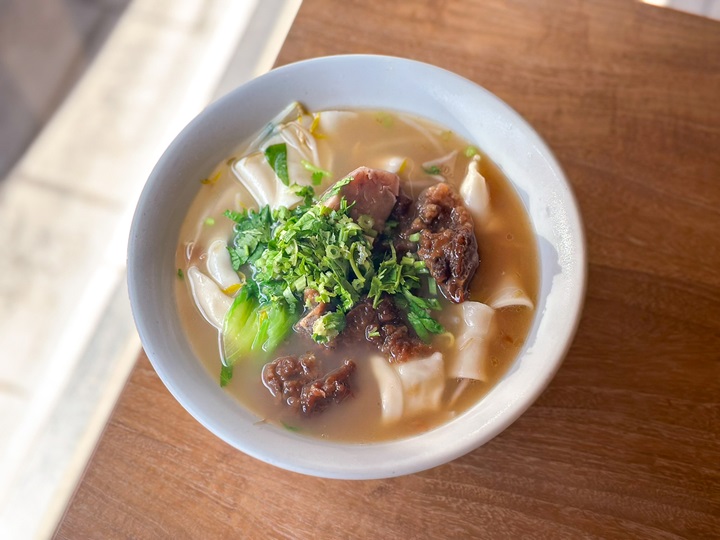
Celebrating Local Flavors: Taiwanese Small Eats and Hakka Cuisine
The selection showcases a wealth of local flavors, especially in the three newly included cities — New Taipei City, Hsinchu City, and Hsinchu County.In New Taipei’s Yonghe Lehua Night Market, A-Ba Taro Ball’s house-made taro paste and cane ice, and Yonghe Chia Hsiang Soy Milk’s rich soy milk and pepper scallion flatbread bring traditional local tastes into the Bib Gourmand spotlight. In Tamsui, Dark Palace Taiwanese Gourmet has been serving its fragrant pork chop rice since 1971; in Sanchong, the celebrated Guang Xing Pork Knuckle is a local favorite; while in Zhonghe’s residential alleys, Tsai Chia Beef Noodles draws regulars. In Hsinchu, dishes like Zhudong Fried Sparerib Noodle (Zhudong) and Miao Kou Ya Xiang Fan (Zhongshan Road) (duck rice) exemplify the region’s vibrant food culture.
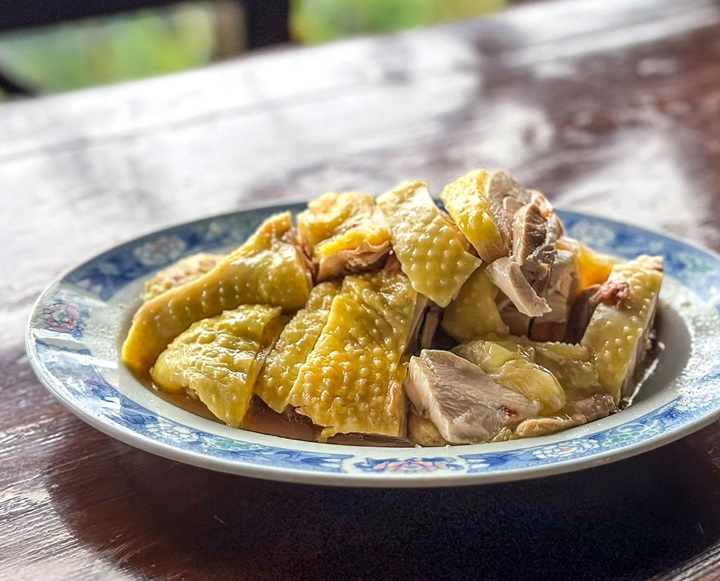
Hakka cuisine takes the spotlight this year, with 10 new additions from New Taipei to Hsinchu, bringing the total to 12 recommended restaurants. Highlights include Nung Wei Hsiao Chu in Hsinchu City, offering a lighter, health-conscious take on Hakka fare; Bebu in Beipu, where minimalist design meets bold flat rice noodles; Hung Chin in Zhudong, known for its signature stir-fries; and Geng Ye Yue Mei in Emei Township, pairing mountain views with hearty Hakka flavors. Each showcases the diversity and vitality of this enduring culinary tradition.
RELATED: MICHELIN Inspectors Reveal Their Top 8 Bib Gourmand Dishes in Hsinchu

Classic Reimagined in Both Western and Chinese Kitchens
A new wave of chefs is stepping out of their comfort zones to reinterpret traditional flavors through personal skill and heritage. “The positioning of Taiwanese and Chinese-influenced cuisine is also evolving from merely satisfying generous quantity to emphasizing refinement and quality. A notable feature is the seamless fusion of Western and Asian culinary traditions, reflected in thoughtfully curated menus,” shared the inspector.In Taipei, newly awarded Bib Gourmand Tableau by Craig Yang reimagines traditional banquet fare with French technique, offering refined takes on classics like squid and conch soup. At newly-selected restaurant JUNTO, chefs bring seasonal ingredients to life with global influences — like tenderized local pork belly marinated in barbecue sauce and Malaysian dark soy, a bold twist on Cantonese char siu. Meanwhile, PEI FULL draws from Jiangzhe cuisine, adding inventive touches such as boneless eel stuffed with smoked dried plums.
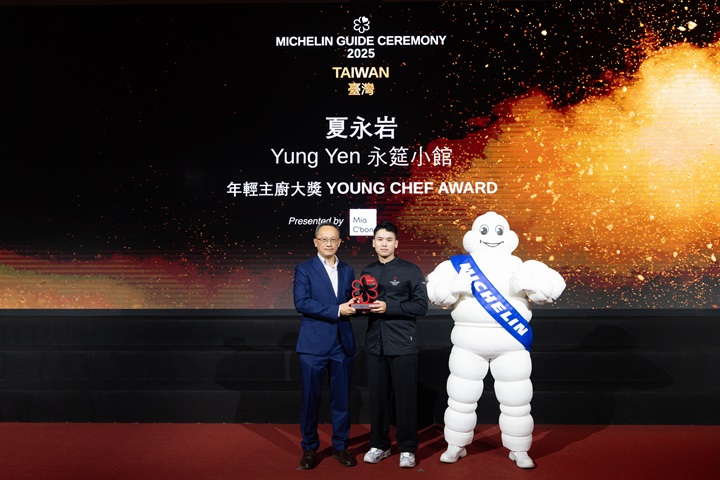
A New Generation of Chefs Meets Established Visionaries
This year’s selection highlights a new wave of bold young chefs carving out their place in Taiwan’s culinary scene. Among them is Hsia Yung Yen of Yung Yen, winner of the MICHELIN Young Chef Award, who at just 31, carries forward his father’s legacy while reimagining Taiwanese cuisine with precision and passion. In Kaohsiung, Anchovy’s Chef Ethon, also in his early 30s, returned from acclaimed overseas kitchens to craft distinctive dishes using local fish, applying techniques like fermentation and curing to create bold, seasonal flavors.
“More young chefs are returning home after gaining international experience, broadening their presence beyond Taipei and establishing roots across the island,” shared the inspectors. Notably, Taiwan’s culinary schools continue to play a vital role in the development and evolution of Taiwan’s gastronomic scene, providing emerging talent with a solid foundation of skills essential for success in a dynamic and evolving industry.
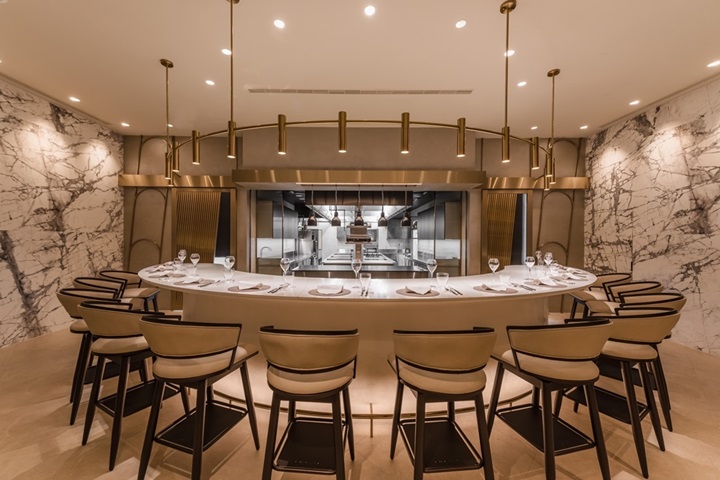
Seasoned chefs are also charting bold new paths, turning long-held ambitions into fresh ventures. Among the most anticipated is aMaze, the creation of former One-MICHELIN-Star Tien Hsiang Lo chef Jim Yang, who draws on his mastery of Hangzhou and Jiangzhe cuisines, layering in Western techniques and global influences to reinvent the classics. In Dazhi, Iacopo Frassi, formerly of Bencotto at Mandarin Oriental, Taipei, brings a contemporary lens to his native Tuscany at FRASSI, where tradition meets modern sensibility.

Embracing Sustainability Through Local Ingredients and Traditions
Notably, whether newly opened or long-established, more restaurants are embracing environmental initiatives. “Both new and long-standing restaurants are placing greater emphasis on eco-conscious practices, often going above and beyond what regulations require. These actions reflect a growing awareness of environmental and social responsibility across Taiwan’s dining scene. Our Green Star recipients continue to serve as role models, inspiring more establishments to adopt environmentally friendly approaches," said the inspector.
RELATED: What is a MICHELIN Green Star?
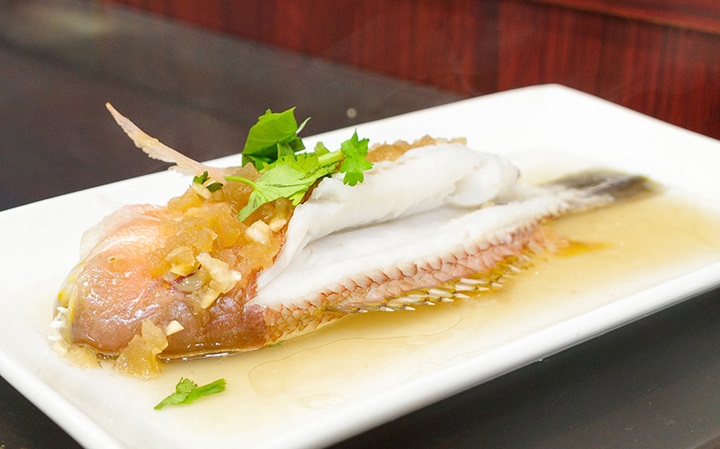
The newly awarded MICHELIN Green Star restaurant Tu Pang champions more than just local and seasonal produce — it takes a thoughtful approach to sourcing, production, and sustainability. Its goal is to serve food that delights the palate while deepening public awareness of the connection between gastronomy and the environment.
In Taichung, Dongyin Fisherman sources fresh seafood daily from Matsu, Pintung and Hsinchu, bringing the flavors of Taiwan’s fresh line-caught fish along the coasts straight to the table. Shoal Cuisine, meanwhile, taking the freshest produce from small local farms, shaping its menu around the rhythms of the seasons. Together, they prove that restaurants can be among the most compelling advocates for greener dining.




